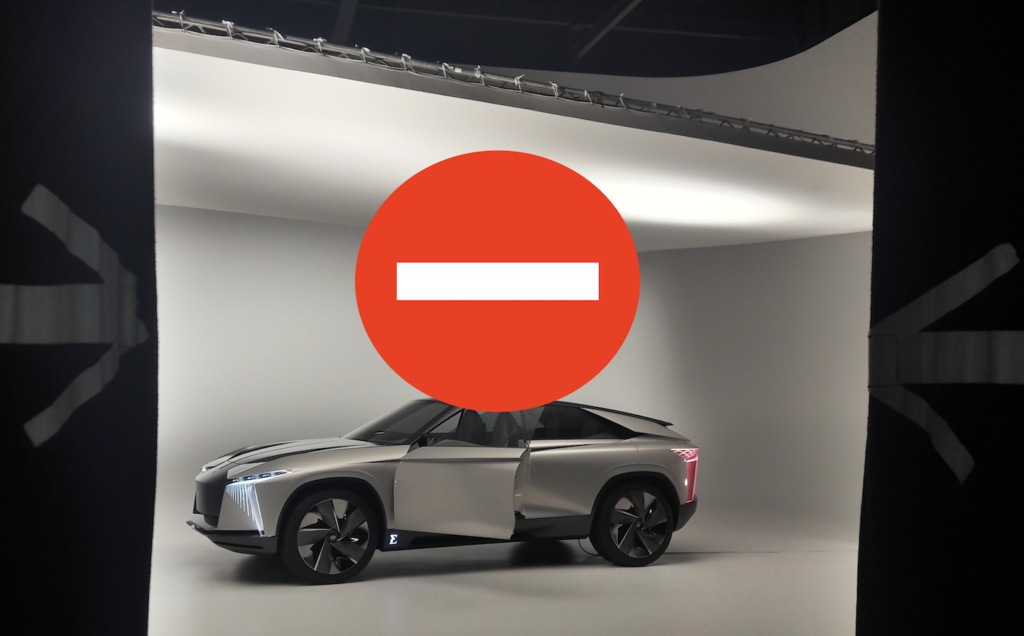Distance working, confidentiality, lack of studio atmosphere, deadlines, programmes to be continued at all costs… designers confide in their containments.
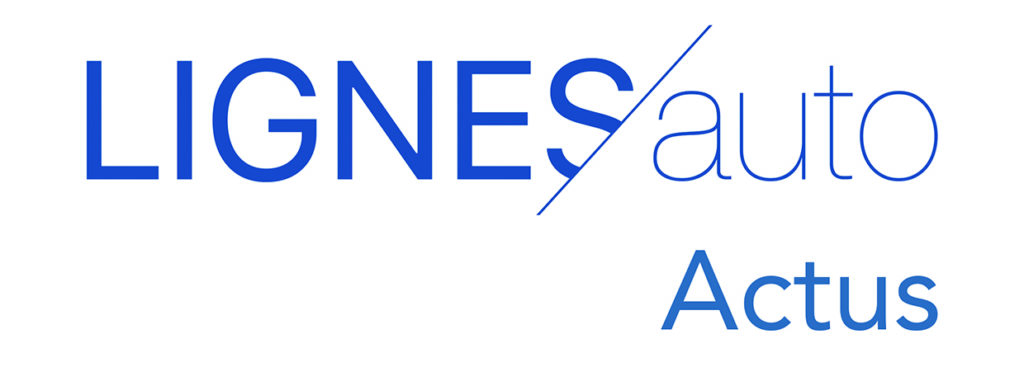
She and they tell their containments to LIGNES/auto:
-Sabine Pannetrat, in charge of colours, trim and finishes, DS design.
-Amko Leenarts, head of design at Ford of Europe,
-Thierry Métroz, head of DS design,
-Pierre Leclecrq, head of Citroën design,
-François Farion, head of colors and trim for the Renault group,
-Bertrand Bach, Senior Design Director -external design- of Changan Europe,
-Patrick le Quément, former Renault design manager.
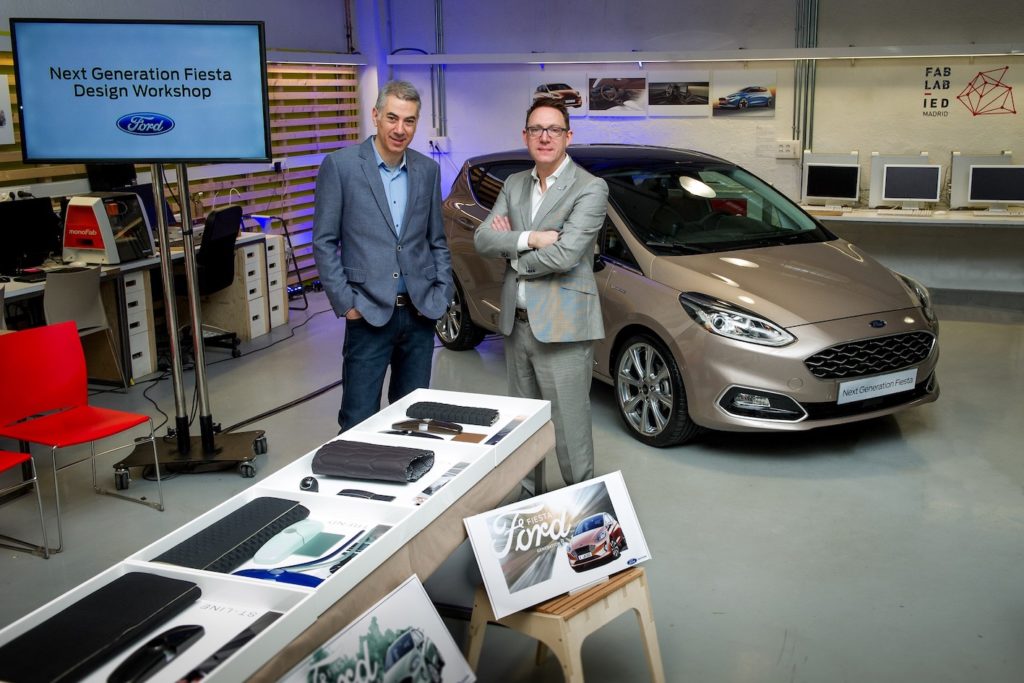
Containment is extended. For most, if not everyone… Are the design offices on the entire planet empty? Yes, they are… Some in Europe, some more seriously in France. In Germany, the containment being different from ours (less restrictive…), some managers can join small modeling teams once every two weeks, at rare manufacturers. In France, the confinement does not really allow it! At PSA for example, the ADN design centre in Vélizy has been emptied of most of its employees and its grey matter has been transferred to the designers’ homes! “No confinement in the studio of course…” explains Thierry Métroz, DS design director. “We anticipated two days before the start of the confinement period and the entire DS Design team transferred its computer equipment to its home (graphic palette, PC, CAD station). So they are now safe, and most importantly: all in good health!“
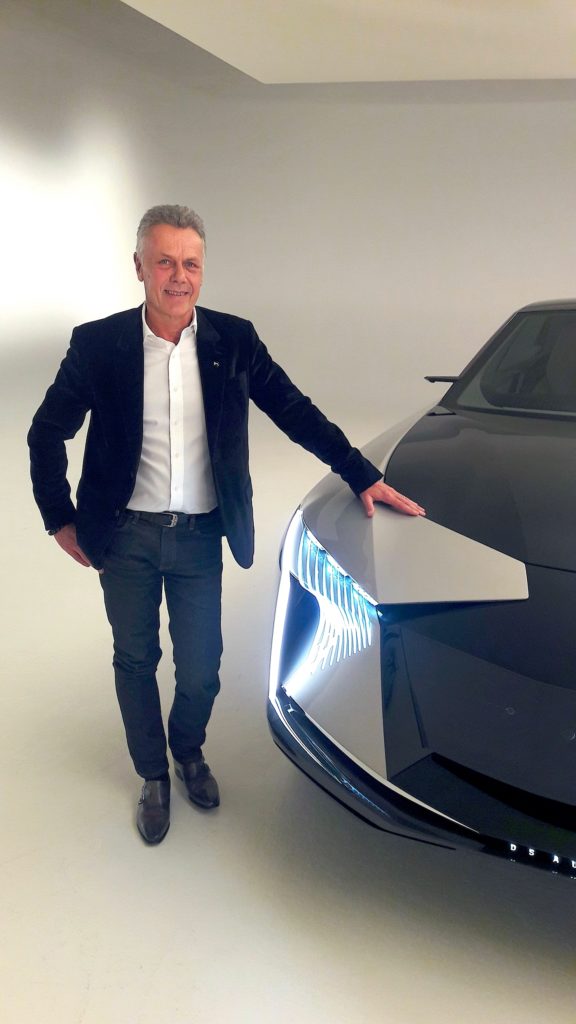
The health of designers, as in any business, is also paramount to Amko Leenarts, head of Ford of Europe Design: “We have a system in place that gives the highest priority to health and safety, while being able to pursue our priority programmes. We work remotely from home, digitally, using a variety of tools, while the management team is equipped with virtual reality to take the right milestones in the right way.“
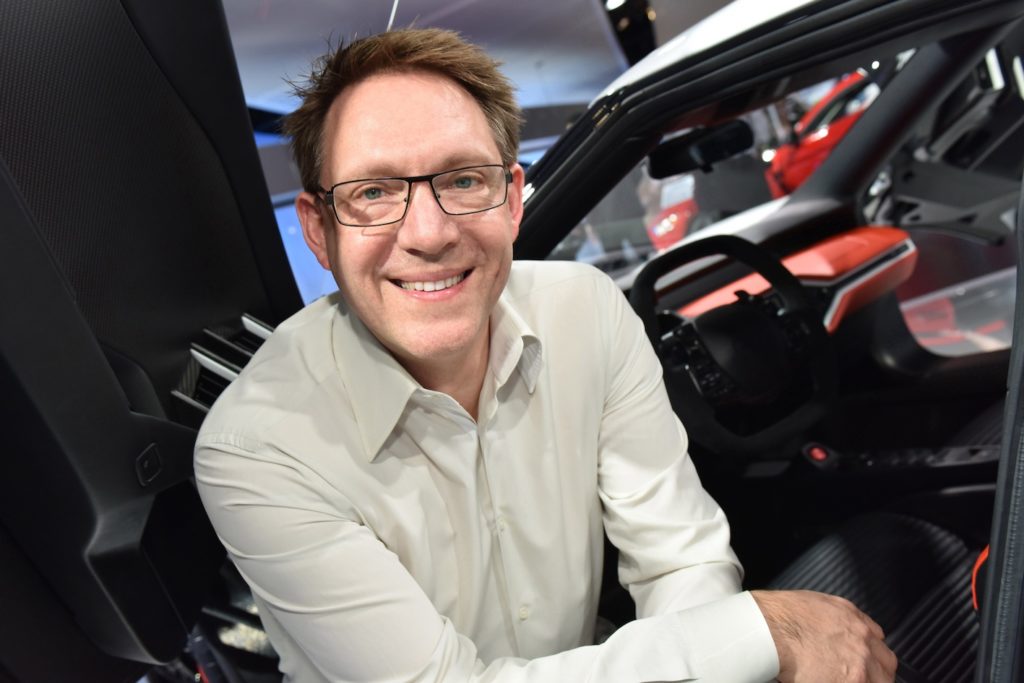
Amko says, “I have everything I need here to get the job done. The biggest challenge for the teams is to keep them motivated at all times. Not to mention maintaining confidentiality in a private setting, while keeping the channels of communication open!” If the physical modelers were the first to be concerned by the accompanying measures, such as short-time working (it’s difficult to take a marble and a five-axis milling machine home…), the designers were therefore able to take their digital “tools” with them, without forgetting the most fundamental one as Thierry Métroz explains: “paper!“
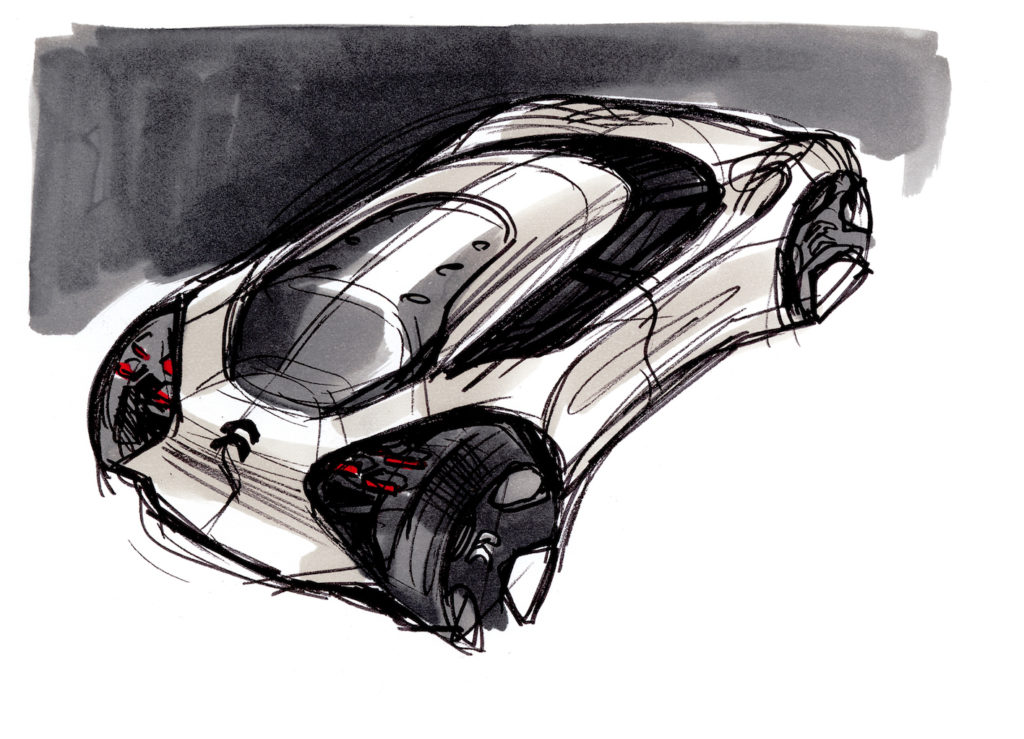
Because “projects can’t wait” says Pierre Leclercq, Citroën’s design director. And he goes on to explain that “we have a lot of things to organise and we’re trying to find our cruising speed. The weekends are a bit quieter, as I think many people do, we enjoy family time.” In other areas of transportation design, such as the design of… boats, the work remains, as Patrick le Quément points out: “I still work a lot” explains the former Renault design manager. He has chosen the Paris region to confine himself, where, he admits, “our life at home has changed somewhat, but overall, I work without too much change compared to the Covid-19 front end. Admittedly, there are no longer any physical meetings at the agency, but as everything is done digitally, my life has not been transformed“.
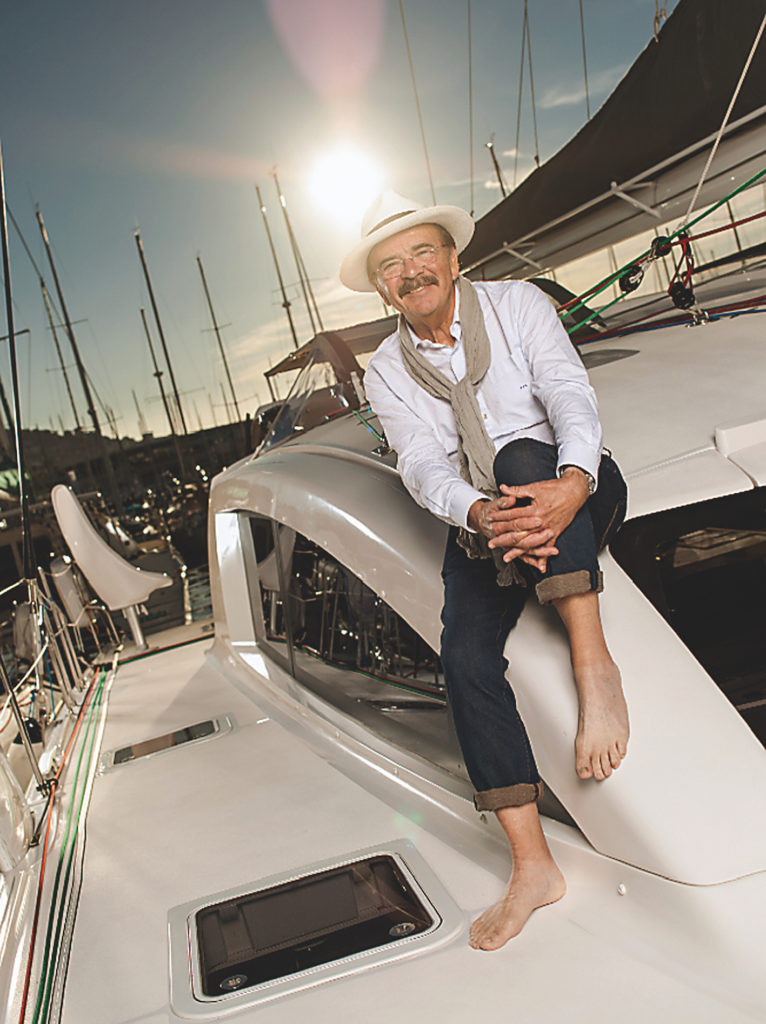
and draws many boats!
“The days continue to be well paced, even more intense,” admits Sabine Pannetrat, head of the colours trim and finishes design unit of the young DS brand (below). “This containment allows me to put aside certain subjects (validating physical samples of paint, leather or textiles is not possible without being able to handle them!) and to be able to focus on more strategic elements in the short, medium and long term. So creativity isn’t put aside, far from it, but it’s a question of stepping back and strengthening our vision for DS. It is also a question of listening to the micro-signals of future societal changes following the upheavals caused by this pandemic. They will have an impact on the way we approach our work. In this context, we are doing our best, but some interlocutors (in particular our suppliers with whom we exchange almost daily) are temporarily no longer available to exchange with us, and therefore some subjects are put on standby“.
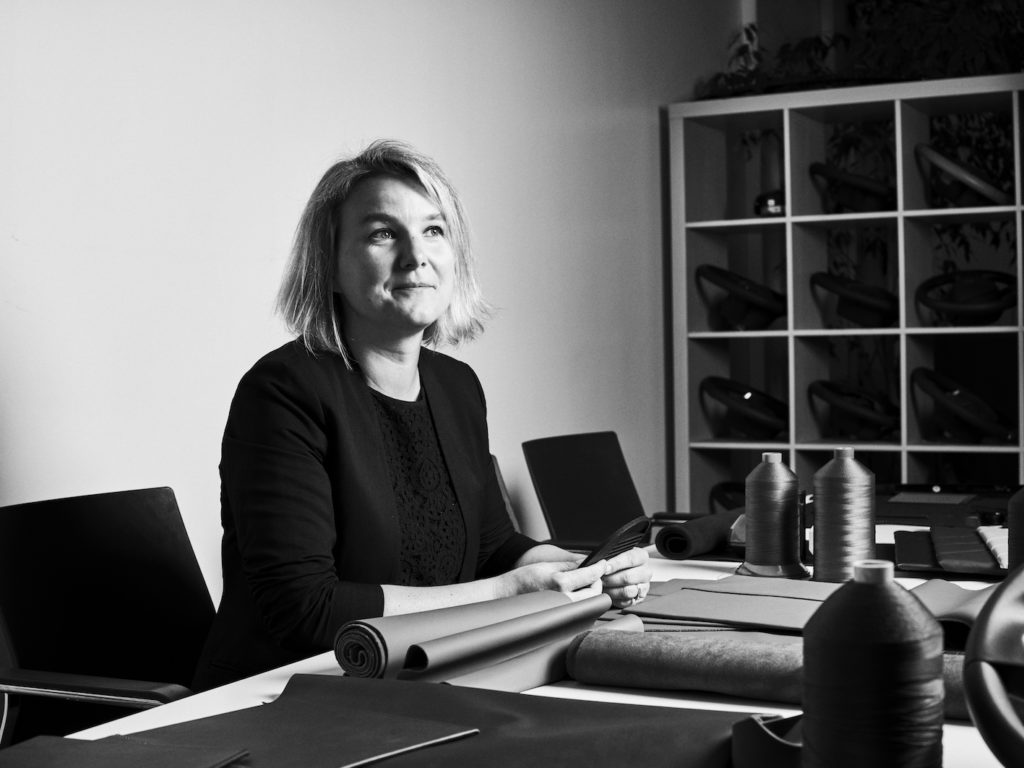
The place of containment of designers obviously depends on their origins! Native of Belgium, Citroën’s design boss, Pierre Leclercq, confirms that he “went to bury myself in the Belgian Ardennes!“. But there’s no question of him letting go: “It’s quite incredible but the days of the week are probably even busier than the days in the studio. So it’s a lot of meetings from morning to night.” The only difference with the DNA office in Vélizy, “my kids bring me a little espresso or a biscuit… It’s fun!“
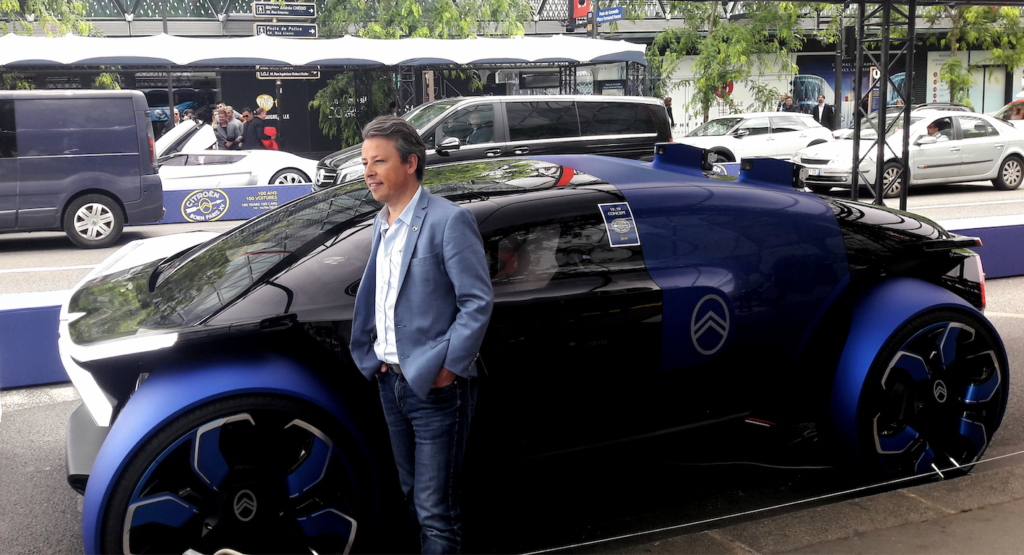
In concrete terms, many designers are still on short-time work, as François Farion, Director of Colors & Materials Design at Renault, confirms. “Confined and on short-time working in the morning since Monday 30th March, like all the Renault group’s Ile de France establishments.” Nevertheless, the projects continue to evolve. “Initially, the frequency of meetings, especially for managers, has not decreased, quite the opposite,” says François. “But part-time work has changed things a bit. It allows us to nourish reflection and creativity in a different way: more images and online research, more strategic sense, but obviously less interaction and concretization on materials, or samples with suppliers“.

It is true that an external or internal designer is certainly more at ease than a designer close to the material, or even a designer who is… physical modeler! By the way, do Citroën designers also have something to work on at home? “Almost everything is done via Skype,” says Pierre Leclercq. “The designers, the 3D modelers, have left with their computer, their tablet, paper, pencils, markers… We’re getting there!“
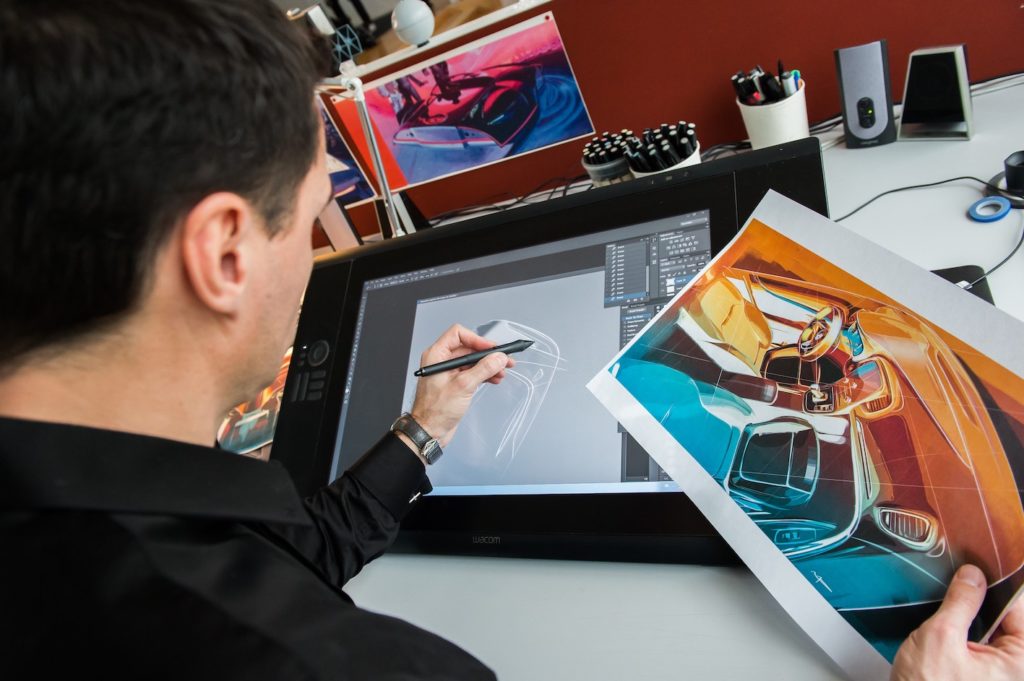
At Renault, François Farion explains that “as soon as we had to work from home – on 16 March – we used the group’s usual collaboration tools (Skype, Teams, VPN…) but more intensively and obviously systematically. For several members of my team, teleworking was already a reality one day a week. Only one designer, who joined us recently, was not equipped, which is done now, as for the other members of the design team, thanks to the remarkable work of the IT group.“
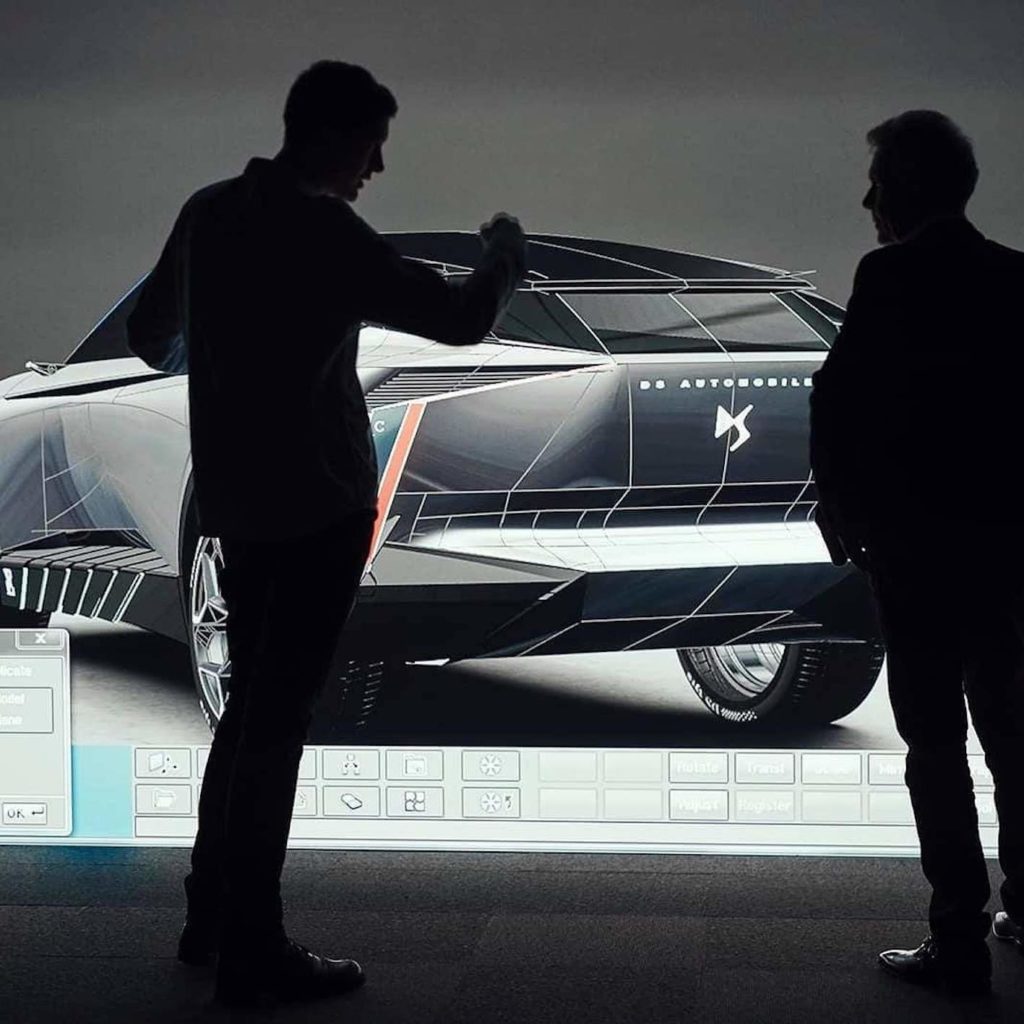
Here at DS, where this gigantic size must wait for the end of the containment…
Even at (great) distances, the teams remain in constant contact. It’s all a question of organisation. For Thierry Métroz (DS), working remotely with his teams is not very different from the daily life before Covid-19: “If we assume that we were already strongly ‘digital’ in our style development processes, of the order of 80%, the fact of exchanging information remotely doesn’t really change things, apart from the size of the screens and the absence of virtual reality headsets! “

“I kept my weekly exchange points with the style exter, inter, prolab, virtual lab, and colors, materials and finishes” details Thierry Métroz. “All the designers are connected and we exchange around the digital drawings in a very fluid and simple way. What I miss the most is clearly the spontaneity of being able to be in the studio at all times, taking the time to discuss projects but also life, joking … everything is necessarily much more focused and timed today.”
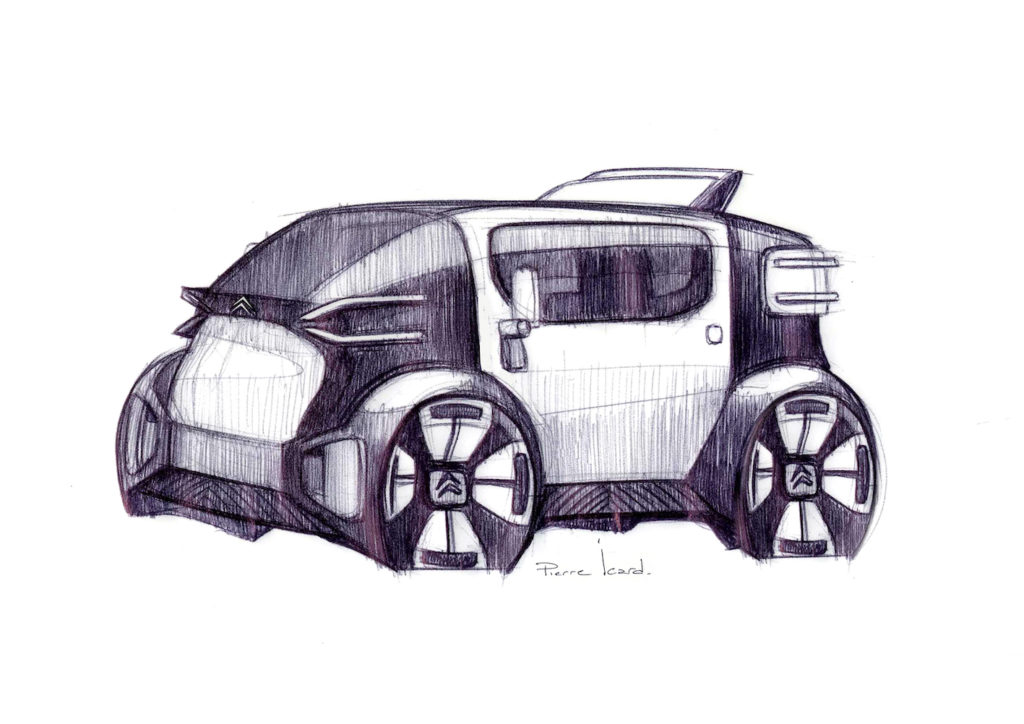
An organization that’s still a bit new. “It all starts with the work of organisation and personnel planning based on project priorities and milestones,” explains Pierre Leclercq at Citroën. “We set up working groups. We try to keep in touch with everyone. The team leaders are in contact with their designers. We try to adapt but not to change the magazines that drive the projects forward” confirms Citroën’s design boss (above, drawing of the AMi One concept by Pierre Icard).
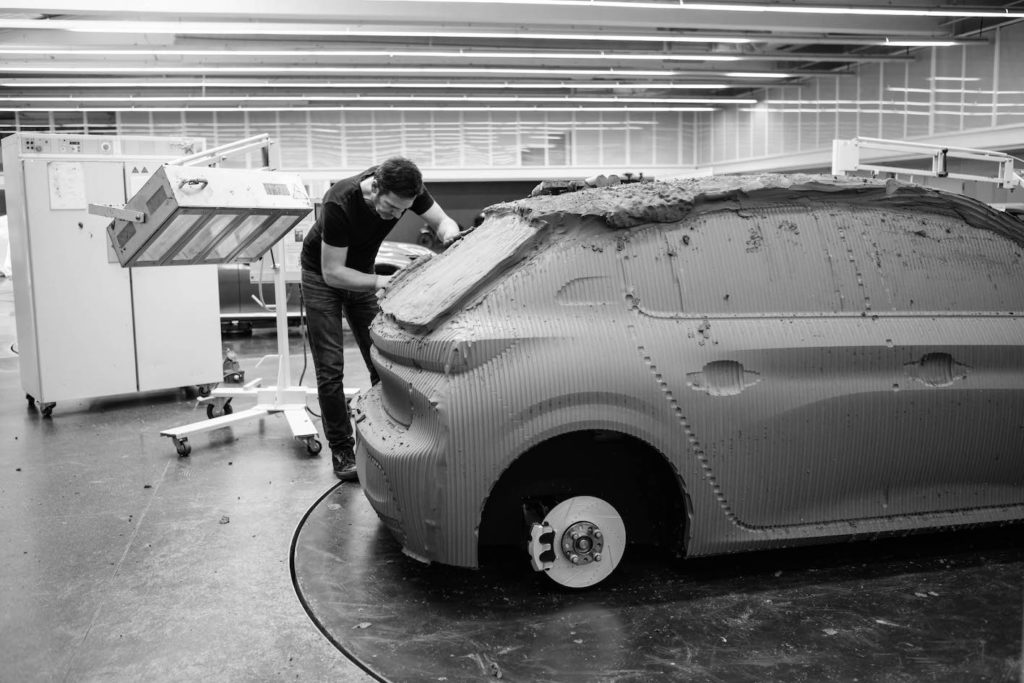
However, this very special profession of designer touches on an inescapable sense: touch! It’s difficult when you’re at home to touch the clay of a model (above, that of the Peugeot 208), or the grain of a fabric! “In our profession, it’s more a question of being able to judge the grain, paint, fabric or leather samples that we lack,” explains François Farion at Renault. “We are rediscovering the importance of photos (archived or new) that help us make decisions remotely.“
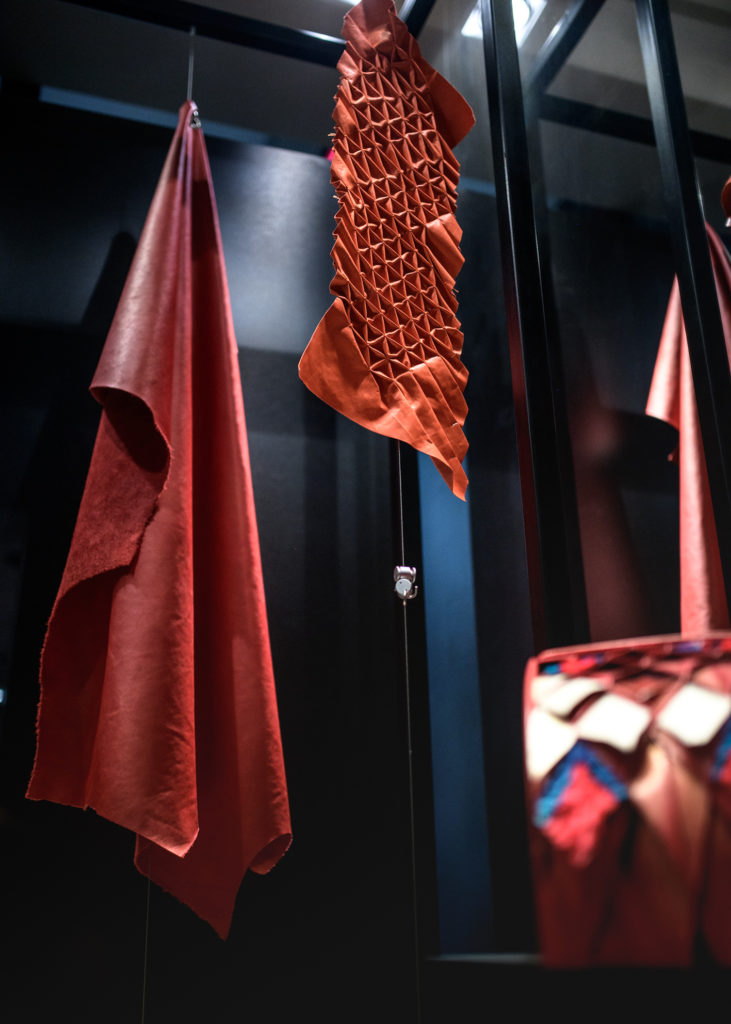
“What the designers lack,” says Sabine Pannetrat at DS, “is access to a physical studio, models and more spontaneous interaction with the designers who work on the volumes of these models. But we can still talk to each other and show each other digital renderings, sketches…” (above, colours and materials of the DS X-Tense concept). Sabine explains that “very concretely, all the physical models are suspended. These models (painted cars, prototyped parts covered with leather or other flexible material, decorative parts…), which allow all the decision-makers of a project to validate the final choice of colours and materials, have been almost indispensable to us until now. It is not forbidden for all this to evolve, because we have to adapt and develop our expertise as designers in these fields.”
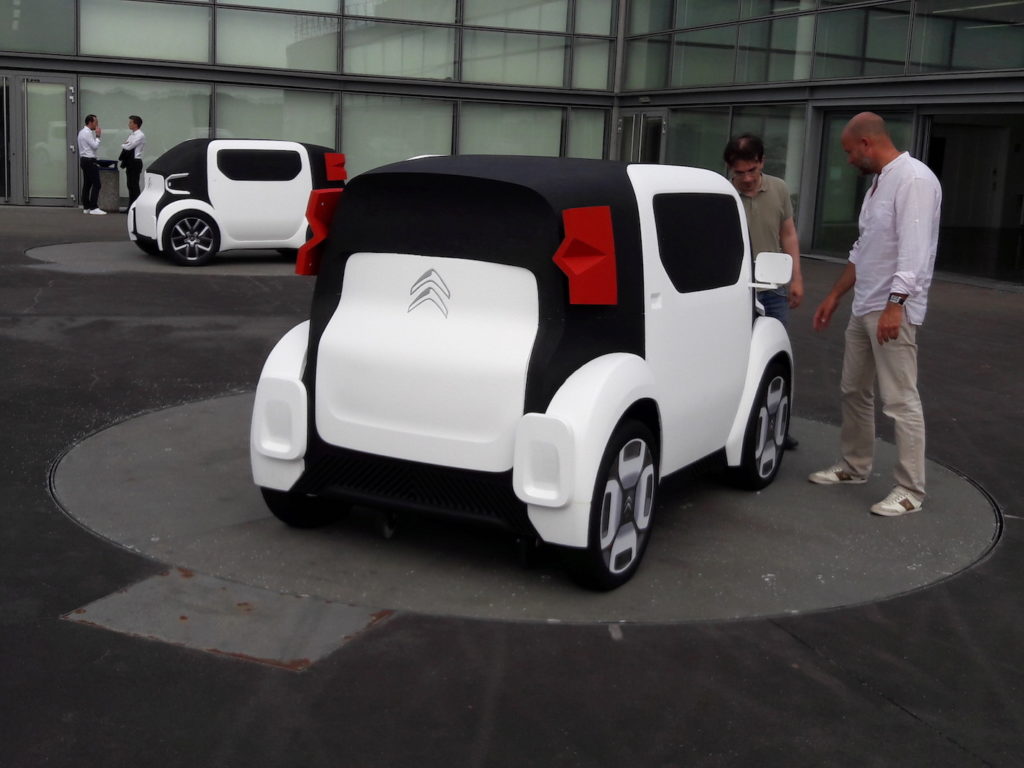
Pierre Leclercq wants to be optimistic and, confirms that, certainly, “the touch of the models (above, that of the Ami One concept of 2019) and living in the middle of our designs is obviously something we miss. But it’s the same thing when we come back from weekends or holidays. I think we all want to see the models again. We’re also discovering things on Monday that we didn’t see on Friday.” And finally, “It’s gonna be pretty awesome when we get home!”
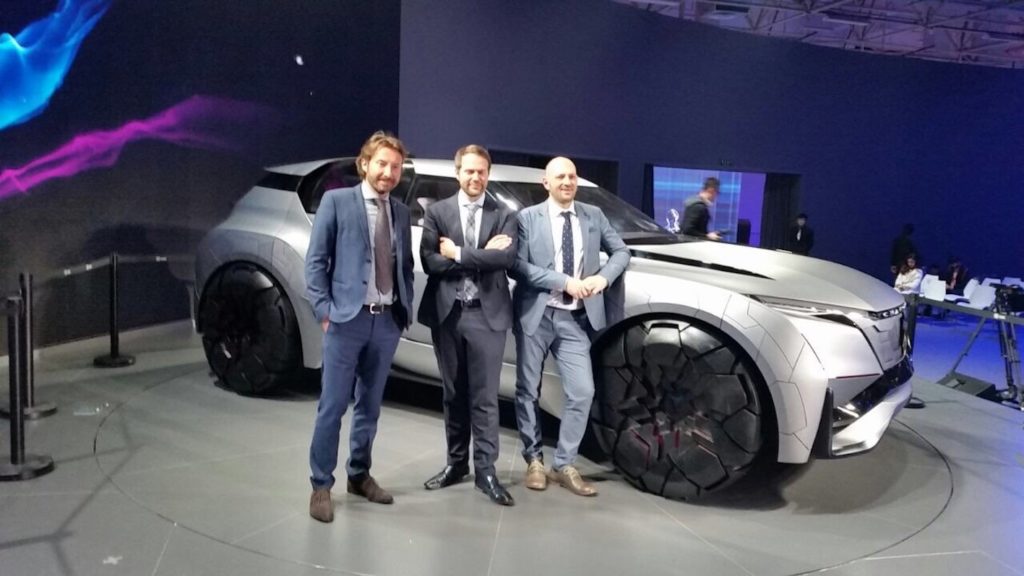
At DS, Thierry Métroz reminds us that “we don’t always have clay models in development, we’re used to it because our development processes are essentially digital. What I miss is the atmosphere in the studio!” For Bertrand Bach senior design director at Changan Europe (above, left), digital is also at the cutting edge, as he makes clear: “Personally, no, I don’t miss it because I believe very much in digital and its ability to achieve amazing results. At the moment, we all work in video conferencing, with file sharing via FTP and other virtual means. Not to mention screen sharing for live digital modelers.” Although Bertrand Bach admits that at the beginning of the lockdown “I worked every day for about 13-14 hours! I think it’s going to start being more regular hours from now on! We logically needed to adapt.”
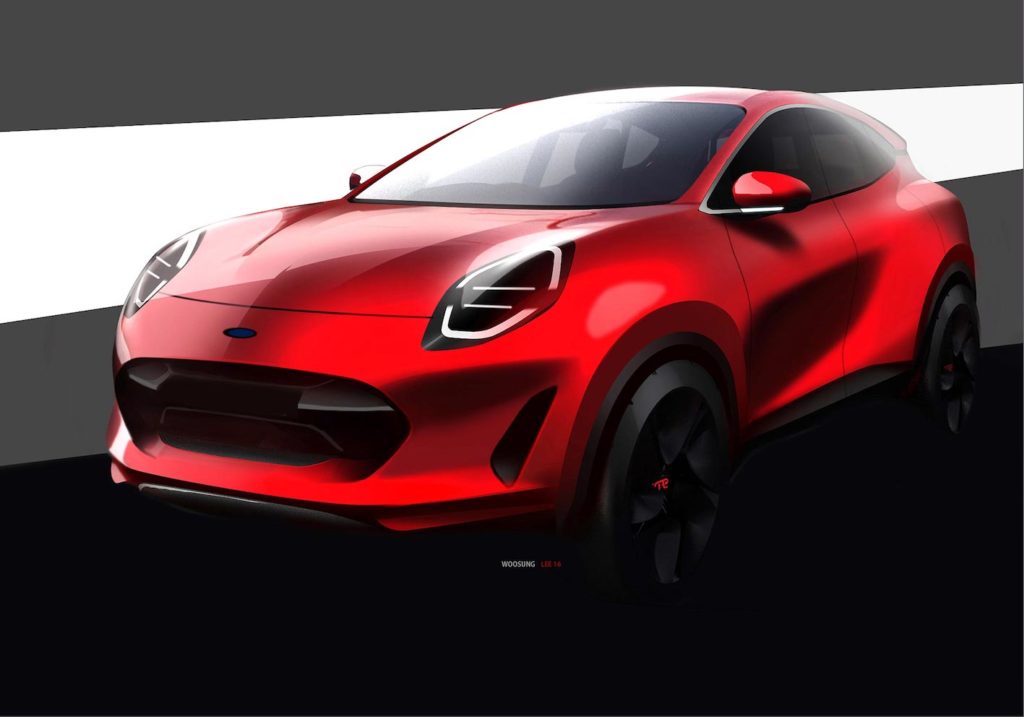
This special period also has positive effects, as Amko Leenarts at Ford (above, the new Puma) points out: “It stimulates creativity and forces teams to look at their performance differently. Especially in this period of reflection on our world, our processes and ourselves, the deep sense and passion for the product comes out even stronger!“

Stronger during lockdown? In any case, never at a standstill as Pierre Leclercq confides to us (above, concept 19_19 of 2019): “I think that we cannot stop our job which is a passion. Creation is not really something you start or stop by pushing a button. Our designers are efficient. We may not have all the tools in the studio, but I think the teams are able to focus and the results are very positive. We manage to put ideas into mock-ups because we do a lot of CAD work. Also, a lot of our designers can start their own digitizing. Which helps a lot today” For the European studio in Changan (below), Bertrand Bach points out that during this period of confinement, “the difference in character between designers is becoming apparent. Most are more free and creative, others have more problems delivering good work!“
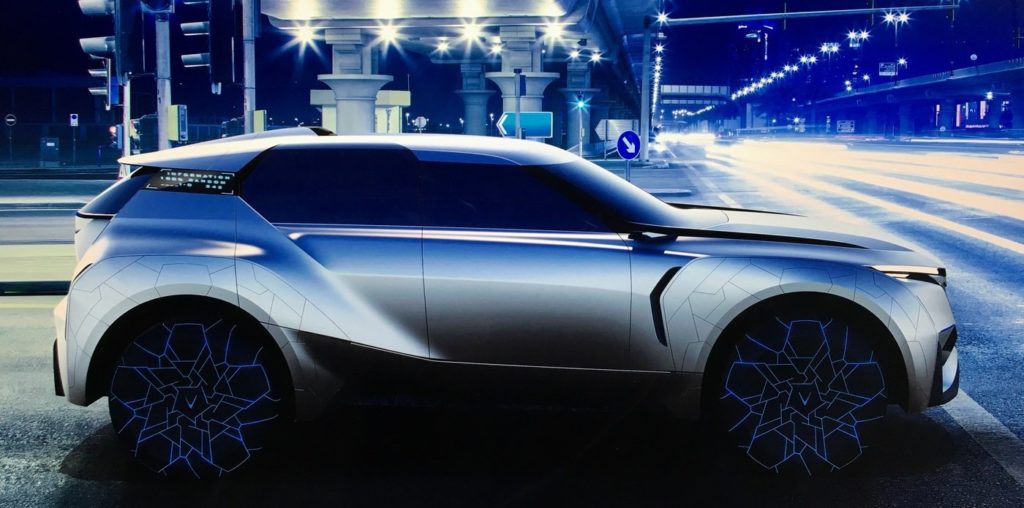
But, as Thierry Métroz points out, “The style virus is the strongest! My team is always as creative and motivated as ever. The projects for us continue internally as well as the close collaboration with other departments such as Product, Engineering and the different trades.“
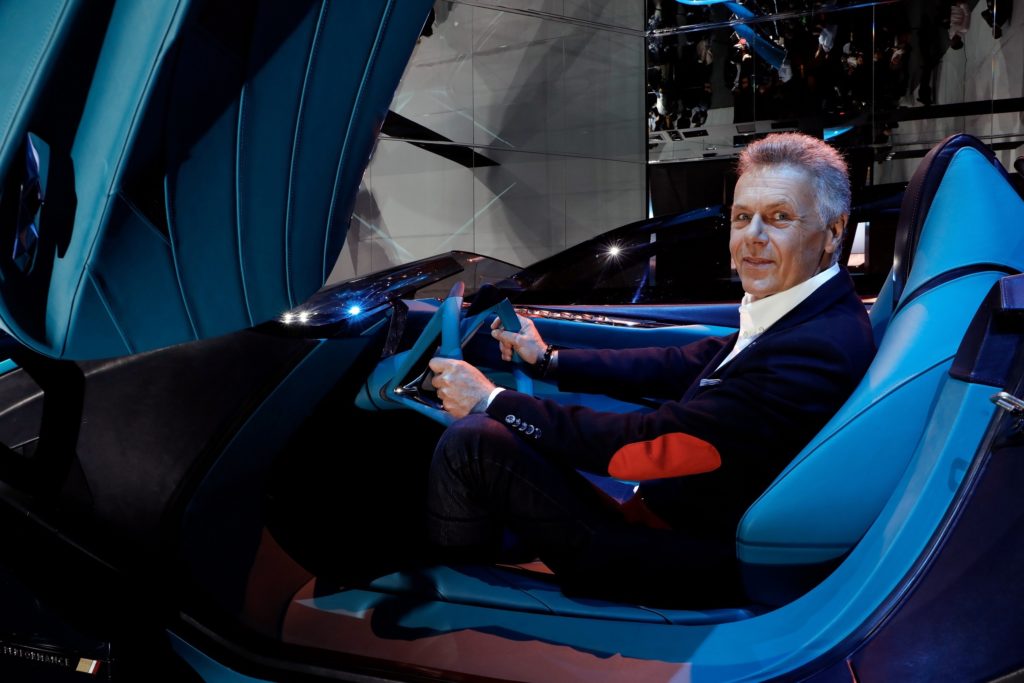
And Thierry Métroz acknowledges that “this slower pace of confinement, which breaks with the frantic pace that many of us live in ‘normal’ life, is rather conducive to taking a step back. It’s a kind of pause to better imagine the future, which I’m convinced will be different from what we imagined a month ago…“. But beware of what can change everything, as Bertrand Bach points out: “Having space at home to work during confinement helps. No doubt we’ll soon return to normality, and when we do, maybe we’ll miss working from home!“
BONUS: Why containment is good:
Thierry Métroz (DS): “Reading, social networks to preserve the link and share my passion, and like many, I take advantage of this forced immobility to clear some archives and forgotten boxes, we find treasures! Ah, I can finally hear the birds in Paris! What happiness!”
Bertrand Bach (Changan Europe): “Despite the amount of work, I’m composing music with my children.”
Sabine Pannetrat (DS): “At the moment, I’m more of a makeshift schoolteacher, an entertainer, a home trainer and …a seamstress. It was time to take out the old sewing machine to make some home-made masks for my relatives. There are several of us in the team who took the plunge. It’s another way of working with materials and craftsmanship, shall we say!”
Amko Leenarts (Ford): “Time with the family, to run, paint and get some sleep because we will need energy at the end of this period, I expect a mountain of work! I also love the way my kids are trying to help me make little movies for Ford; they are so excited about everything we do!”
Pierre Leclercq (Citroën): “Some time on the weekend for walks, sports and DIY around the house. And then we get to do virtual aperitifs with friends! We’re adapting!”
François Farion (Renault): “I see that the paintwork of the cars immobilized in Paris undergoes aggressions that validate the severity of our tests! Otherwise, it’s reading, family games, TV series, without forgetting to cook, a bit of gym…”
LIGNES/auto would like to thank the designers who responded to its request.
LIGNES/auto is also a Facebook page: https://www.facebook.com/lignesauto/?modal=admin_todo_tour
